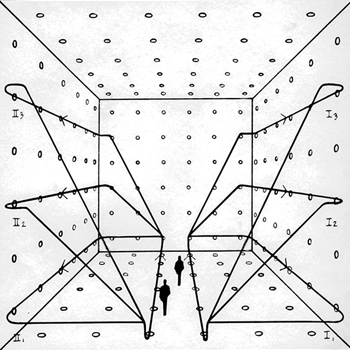How do you differentiate #-y=lnxy-xy#?
1 Answer
Jun 27, 2016
Explanation:
this is a bit easier [administratively] if you use the Implicit Function Theorem...
which says that
so from
we get
and so....
and
so using the IFT....
there are some pretty simple ways to intuit the Implicit Function Theorem
one is to note that if
then the total differential
and
so

